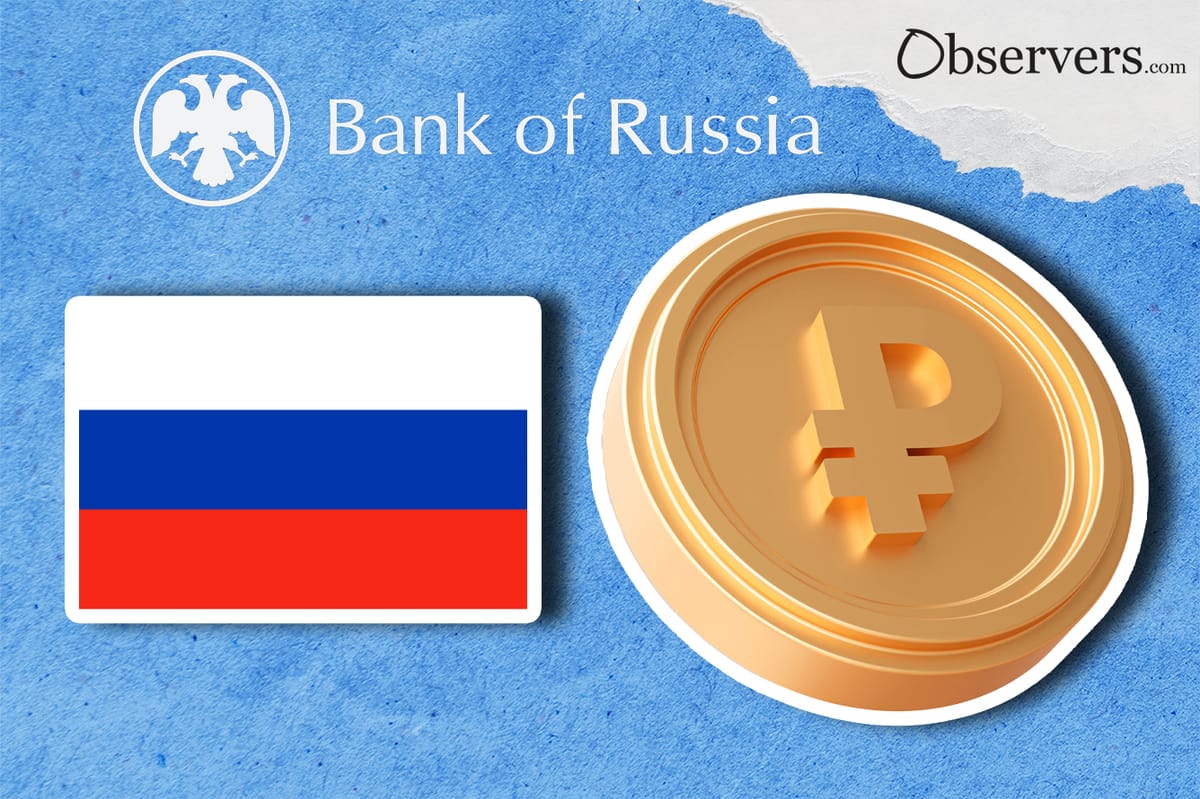Digital Ruble is Coming
The Central Bank of Russian Federation has been developing the country's first central bank digital currency – the Digital Ruble for several years. There have been announcements by authorities that it might be launched soon.
The Central Bank of Russian Federation has been developing the country's first central bank digital currency – the Digital Ruble for several years. There have been announcements by authorities that it might be launched soon.

The idea of creating Russia's national cryptocurrency was first discussed in 2016. There was no draft law or concept yet and it was under The Federal Financial Monitoring Service of the Russian Federation - a state agency that collects and analyzes information about financial transactions in order to combat domestic and international money laundering, terrorist financing, and other financial crimes. Interestingly, at that time, it was proposed that with the introduction of the national cryptocurrency, all other cryptocurrencies would be banned.
The initial concept of the digital ruble, the Central Bank Digital Currency (CBDC), was proposed in 2020. At that time the digital ruble was already positioned as a new form of the state currency.
It is planned that the digital ruble will become the third form of the ruble, along with the cash ruble and the non-cash ruble. The Central Bank of the Russian Federation claims that the digital ruble will not replace existing forms of the state currency but will only complement them.
The representatives of the project, Olga Skorobogatova and Alexey Zabotkin emphasize that the digital ruble is not a cryptocurrency since the digital ruble will be issued by The Central Bank of the Russian Federation in the form of a national currency.
The Russian Federation is known for its successful digital products created as part of mass digitalization. For example, the application "Gosuslugi" (StateServices) facilitates the electronic processing of public and state services. The digital ruble has the potential to become another product of digitalization in Russia.
The launch of the digital ruble is expected soon. Large banks have already run tests with it, and the first transfers between users were carried out. A package of draft laws on the integration and legalization of the digital ruble was adopted in the first reading during a meeting of the State Duma of the Russian Federation in March 2023.
The Minister of Finance, Anton Siluanov, said that the digital ruble would enter into circulation before the end of the year. The Central Bank was planning the pilot issue on April 1, yet it was delayed, citing legislative issues.
It could also be a technical delay. As Olga Skorobogatova stated, the digital ruble's resistance to cyber threats was a "number one" priority. Back in 2020 the largest Russian bank, Sberbank's experts estimated it to cost 20 billion rubles (around $260 million at the time of writing) to design a "stable" system.
The Russian CBDC will benefit from the innovations of the crypto industry, such as for example, smart contracts. Also, the digital ruble will make it possible to make non-cash payments without the Internet.
Sounds intriguing, yet, as many believe, citizens might sacrifice their privacy since all transactions will be visible to the central bank. It is possible that after implementing the digital ruble into mass circulation, other forms of the ruble, contrary to the promises of the project representatives, will be suspended. While obviously a good tool for increasing transparency and fighting crime, the digital ruble may become an element of increased digital control over the people.
The introduction of the digital ruble comes during hard times for Russia. The country is currently under sanctions, which increases the risks for the financial system from this new, unprecedented tool.
Nevertheless, the adoption of cryptocurrencies and the creation of CBDCs in different countries worldwide proves that this is an inevitable change. It seems that Russia's authorities understand that and act accordingly. We continue to Observe.